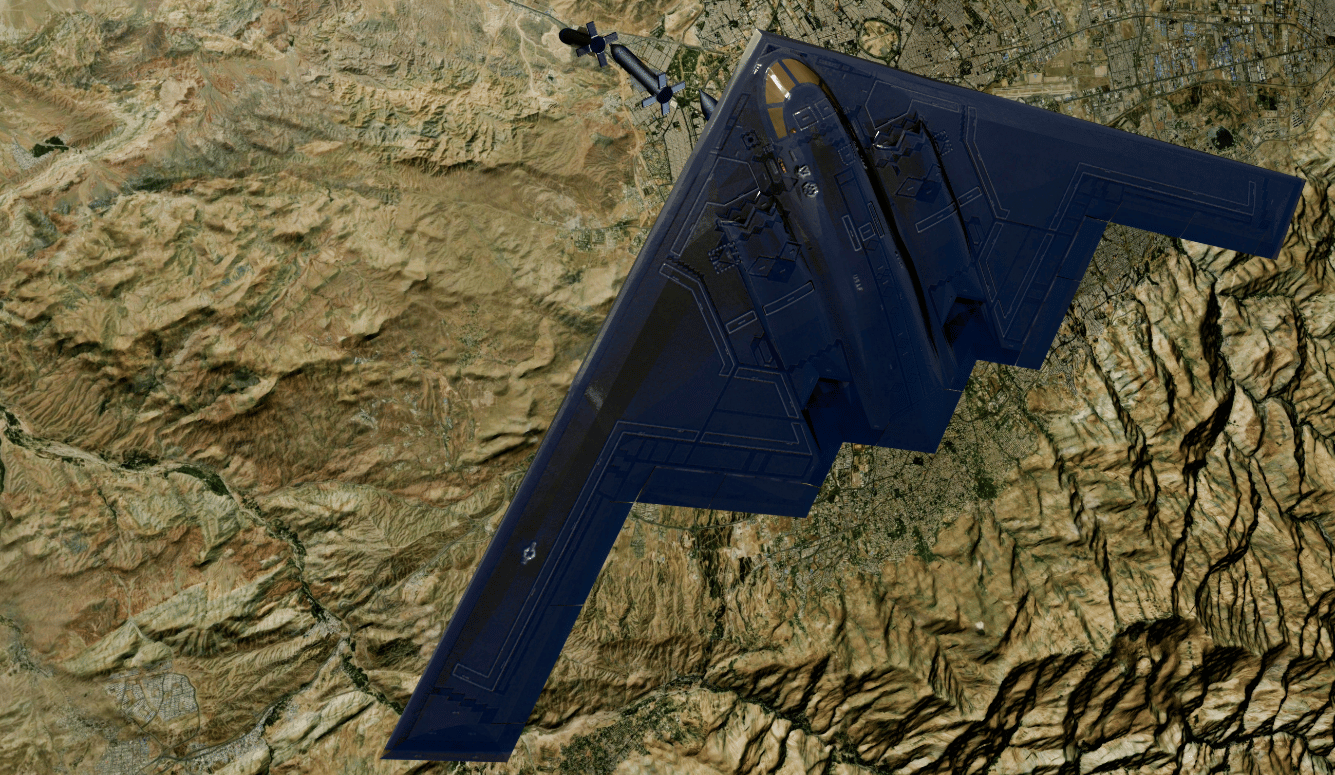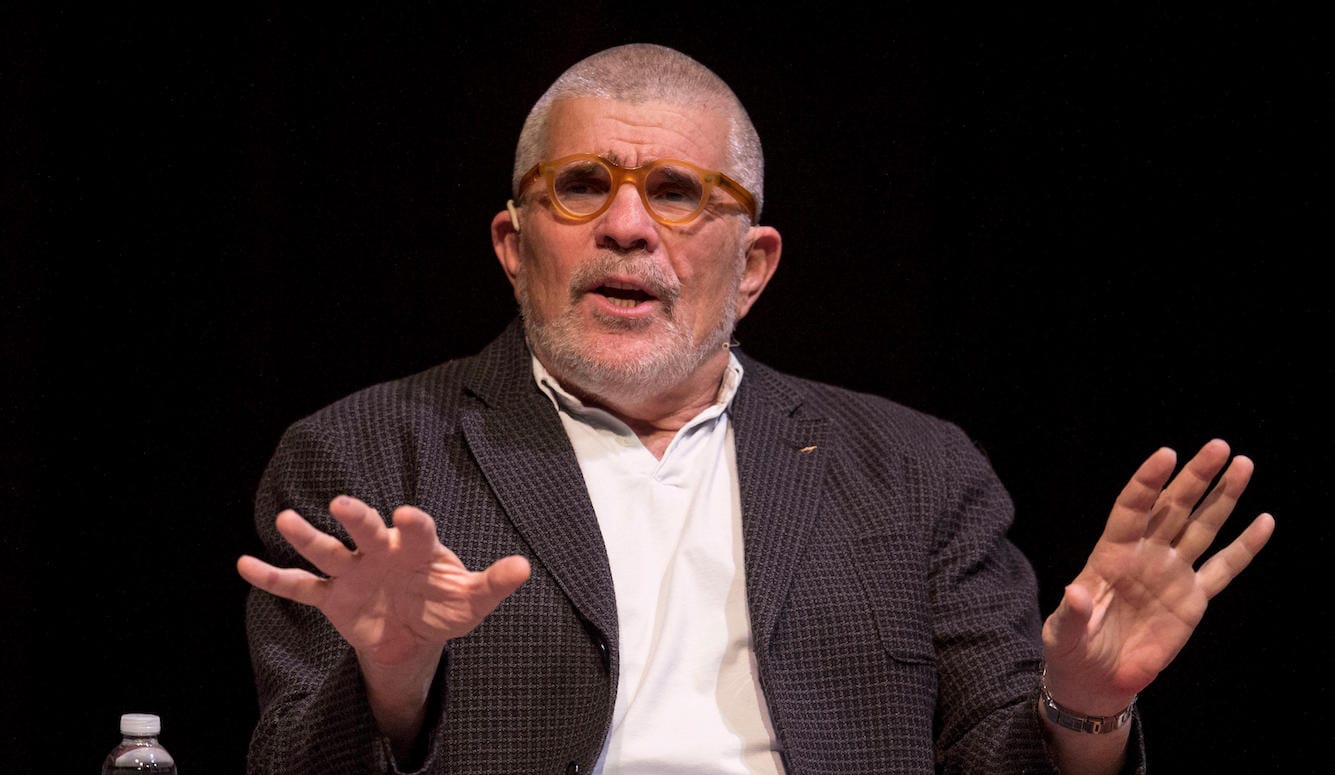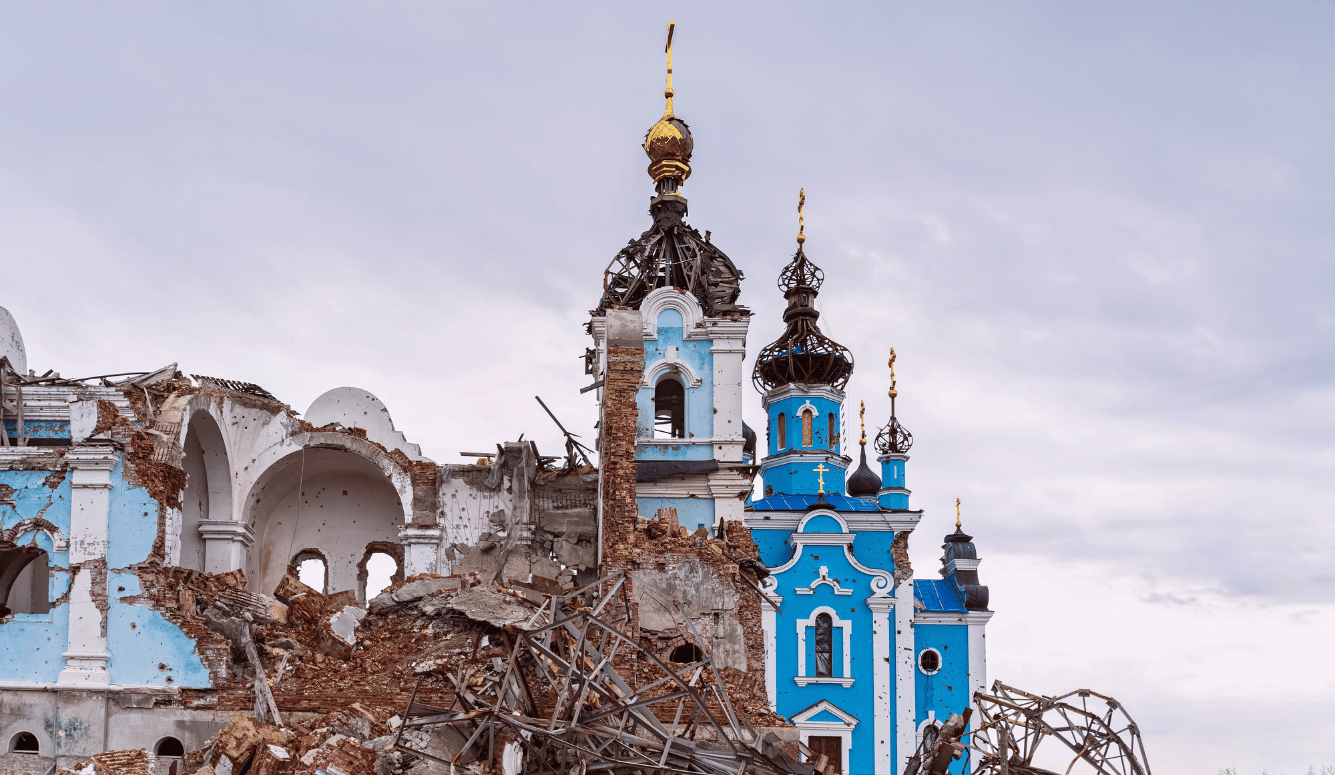Iran
A Fragile Peace
The Israel-Iran conflict may already be over, following the destruction of Iran’s nuclear facilities. But the future is deeply uncertain.

The twelve-day Israel–Iran war appears to have ended, with President Trump’s announcement that the two sides have agreed to a “total and complete” ceasefire. The details of the agreement are still unknown, beyond the fact that Iran was to cease its missile launches by 7:00AM on 24 June, Israeli time, while Israel is to end its air attacks on Iran by twelve hours later. This time lag, which allows Israel the last word in the war-making, is a further humiliation of the Islamist regime in Tehran. The Iranians ended their war-making with a flurry of ballistic missile salvos against civilian targets around Israel, scoring a deadly hit on a six-storey building in downtown Beersheba.
Overall, the war has ended in a resounding victory for Israel. Iran’s nuclear project, which Israel has viewed as an existential threat for decades, lies in ruins. The Israel Air Force (IAF) achieved complete control over Iran’s airspace and was able to devastate key military and governmental installations in Tehran and in western and central Iran at will. In addition, much of Iran’s ballistic missile force—missiles, launchers, production sites, and operators—has been destroyed by the IAF, with a little help from Mossad operatives, planted in Iran weeks before the Israeli offensive. Israel launched the war with only the vague support of Washington but, by its end, Washington and Jerusalem were in complete lockstep and it was the United States that put the finishing touches to the destruction of Iran’s nuclear installations by bombing Fordow, Natanz, and Isfahan.
But what will happen over the coming months and years is troublingly unclear. One thing is certain: the war has left the Islamist regime in Iran profoundly humiliated and deeply vengeful; it will likely do whatever it can, whether openly or clandestinely, to renew its nuclear program with a view to eventually obtaining the bomb—the only thing that can protect it from a similar humiliation at Western and—even worse—at Jewish hands in the future, just as North Korea’s nuclear arsenal has protected Pyongyang from America’s wrath.
No doubt the Iranians have agreed to renew negotiations with the US over their nuclear ambitions—but will they do so in good faith? Most Israelis doubt it—and it is probable that most American officials do too. Will the Iranians agree to complete Western oversight over their remaining nuclear scientists, labs, and other facilities, as Israel and Washington demand? How will the monitoring of Iran’s actions be managed? Who will decide whether Iran is violating any of the ceasefire provisions? Will Washington or the UN Security Council allow Israel to renew its air attacks on Iran should the Ayatollahs violate their pledges regarding nuclear, ballistic missile, or proxy rehabilitation issues? The answers to these and other questions may emerge over the coming days.
Over the course of the twelve-day war, Iran launched some 500 ballistic missiles and more than a thousand drones at Israel. But the country’s multi-layered anti-missile defences downed 80–90 percent of the projectiles and only around thirty Israelis were killed, all of them civilians. According to the Iranian government, Iran lost some 1,000 people, most of whom were probably members of the country’s various armed organisations: the Iranian Army; the Iranian Revolutionary Guard Corps (IRGC), which is the regime’s chief mainstay; and the Basij militia, which is infamous for its brutal suppression of civil protest.
The Iranians tried to hit strategic sites, at least at first, but achieved only one success: they put Israel’s main oil refinery in Haifa temporarily out of action. Thereafter, the Iranians mainly targeted Israel’s urban neighbourhoods. The attacks caused major damage to housing in parts of Tel Aviv and its suburbs but there were relatively few casualties, since most Israelis, alerted by an efficient early warning system, were able to take cover in communal air raid shelters or private safe rooms in their own homes.
After more than a week of continuous Israeli bombardment, capped by the American bombing of their key nuclear installations, the Iranians threw in the towel. They recognised the solidity of the Israeli–American alliance and feared further, major devastation at American and Israeli hands. In the last hours of the Israeli offensive, the IAF shifted from strictly military and nuclear targets to government and state infrastructure, thus threatening to disrupt or destabilise the Islamist Ayatollahs’ already deeply unpopular regime.
Israel and the United States carefully refrained from declaring that regime change in Tehran was their ultimate objective—regime change having gotten a bad name following previous American and Israeli efforts in that direction, in Lebanon, Libya, Iraq, and Afghanistan. But both Trump’s recent social media posts and the IAF’s target selections—which included the regime’s main broadcaster as well as the HQs of the IRGC and the Basij militia—clearly indicated that Washington and Jerusalem were heading in that direction.
The Ayatollahs got cold feet. On Sunday 22 June, the US president asked on Truth Social, “Why wouldn’t there be a regime change?” in Tehran. He was responding to defiant Iranian statements that the country would press on with its nuclear project and would soon retaliate against American bases in the Middle East, close the Straits of Hormuz to international shipping, or activate terrorist sleeper cells in the United States. No doubt, both national and personal pride required the Iranian leaders to appear to respond robustly to the American attack on Iran’s nuclear project. But the Iranian decision-makers may well have been deterred by the prospect of further American cudgelling. So on 23 June, the Iranians fired off a symbolic salvo of ballistic missiles at the main American base in the Gulf, in Qatar, and a lone missile against an American base in Iraq—after providing the Americans with specific and ample warnings—and called it quits. The Iranian missiles caused neither casualties nor damage and Trump, in a further humiliation of Tehran, publicly thanked the Iranians for issuing him with the warnings.





